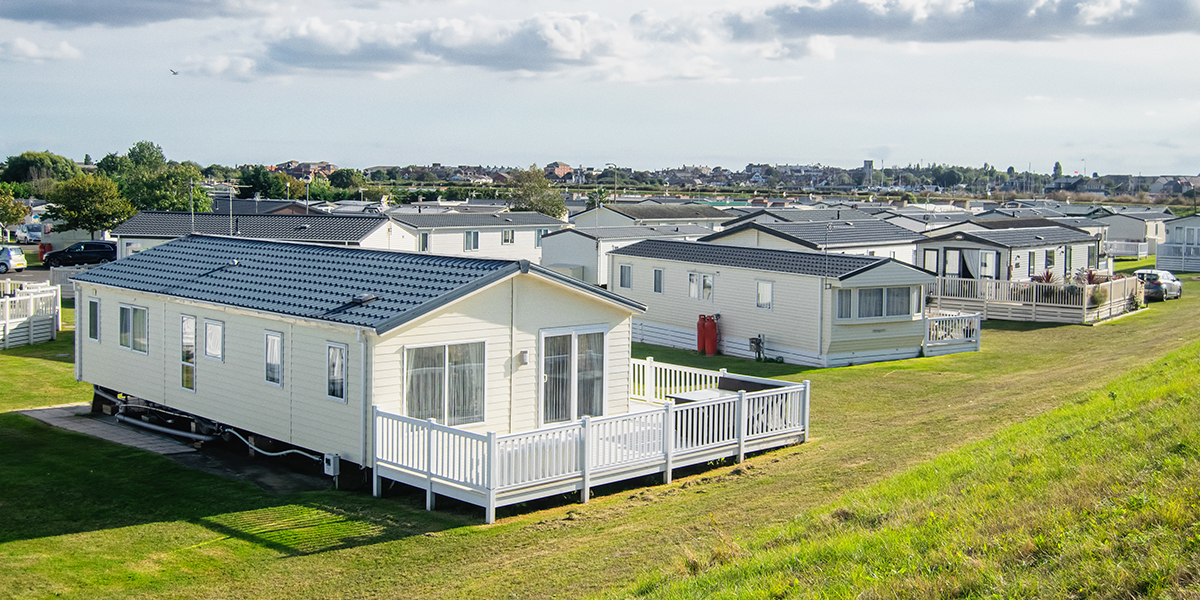LEED, or Leadership in Energy and Environmental Design, is a globally-recognized green building rating system that seeks to conserve our environmental resources and enhance human health through the promotion of sustainable building practices. For a building to achieve LEED Certified status, it must meet certain prerequisites. To earn points and progress to silver, gold, or platinum status, additional efforts involving the sustainable use of non-potable and alternative sources of water can be a viable option. Here’s why smart water monitoring technology is necessary for LEED Certified facilities:
Water efficiency = more points
Representing the third most weighted LEED category, water efficiency opens up 11 LEED points (or more if water resource issues are especially critical in your building’s region). To put this into perspective, points attained through water efficiency alone could earn a building enough points to jump from LEED Certified to LEED Gold status.
Simplified water monitoring and reporting
Using a smart water monitoring system like WaterSignal, property managers can simplify the monitoring process and help meet overarching water conservation goals using accurate benchmarking tools and custom leak alerts.
Cooling tower efficiency
While bathrooms and irrigation systems tend to be the most notorious when it comes to water consumption, cooling towers can also be highly demanding. Luckily, by installing a device like WaterSignal, property managers can easily track how much cooling tower water is lost to evaporation and drift. Additionally, WaterSignal offers insights into how well cycles of concentration are optimized and can help facilities qualify for cooling tower evaporation credits.
To learn more about our smart water monitoring system, contact us today.




